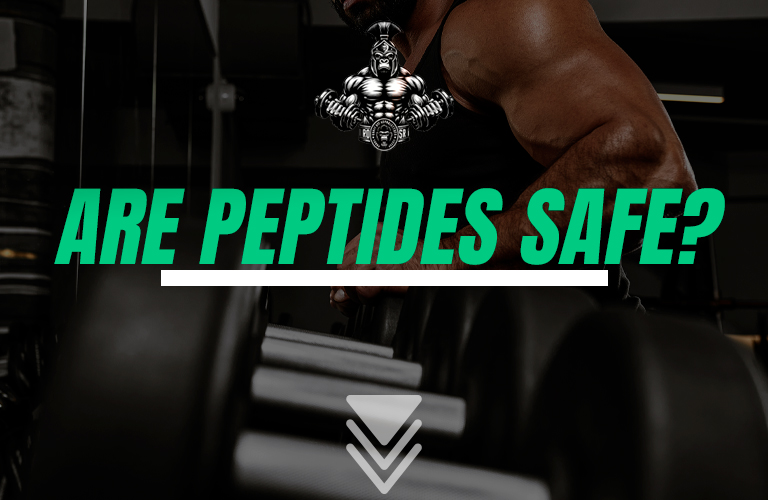
When it comes to safety, it is important to keep in context the idea that we are comparing peptides to other PEDs, obviously.
Targeted Action: Peptides typically have very specific targets in the body, such as stimulating the release of growth hormone (GH) from the pituitary gland. This specificity can lead to fewer side effects compared to substances that have widespread systemic effects.
Less Hormonal Imbalance: Unlike anabolic steroids that introduce synthetic hormones into the body, potentially causing significant hormonal imbalances and side effects, peptides often encourage the body to adjust its own production of certain hormones. This can be seen as a more natural approach and is perceived as safer.
Lower Side Effect Profile: Peptides are generally associated with a lower risk of the serious side effects commonly attributed to steroids, such as liver toxicity, cardiovascular issues, and negative impacts on cholesterol levels.
Recovery and Healing: Some peptides are specifically used for their healing and recovery benefits, promoting joint health and even skin rejuvenation, without the primary goal of enhancing muscle mass or strength. This use is often viewed favorably by those looking to enhance performance while prioritizing long-term health.
Differentiation and Use in Stacking:
Despite the perceived safety of peptides, it’s important to note that athletes and bodybuilders often use them in conjunction with steroids and SARMs to maximize their benefits across different aspects of performance and physique enhancement.
Complementary Use: Peptides can be used to complement the muscle and strength gains from SARMs and steroids, offering enhanced recovery, reduced inflammation, and improved sleep quality, which are crucial for optimal performance and growth.
Stacking for Synergy: In stacking cycles, the synergistic effects of peptides with other performance-enhancing drugs (PEDs) can lead to more significant results than using either alone. For example, using peptides that stimulate GH release along with SARMs targeting muscle growth can potentially offer both substantial muscle gains and enhanced fat loss.
Risk Management: Experienced users often incorporate peptides into their cycles as a way to manage the risks associated with steroids and SARMs, using peptides to mitigate side effects like joint pain or to aid in the recovery process during post-cycle therapy (PCT).
The consensus in the performance-enhancing community tends to be that peptides offer a valuable tool for those looking to enhance their physical capabilities while managing the risks associated with more potent PEDs. However, like any substance, peptides are not without their own risks, especially when used improperly or sourced from unreliable suppliers. Quality control, dosage accuracy, and individual response can vary widely, highlighting the need to only acquire these drugs from reputable, verified sources.


